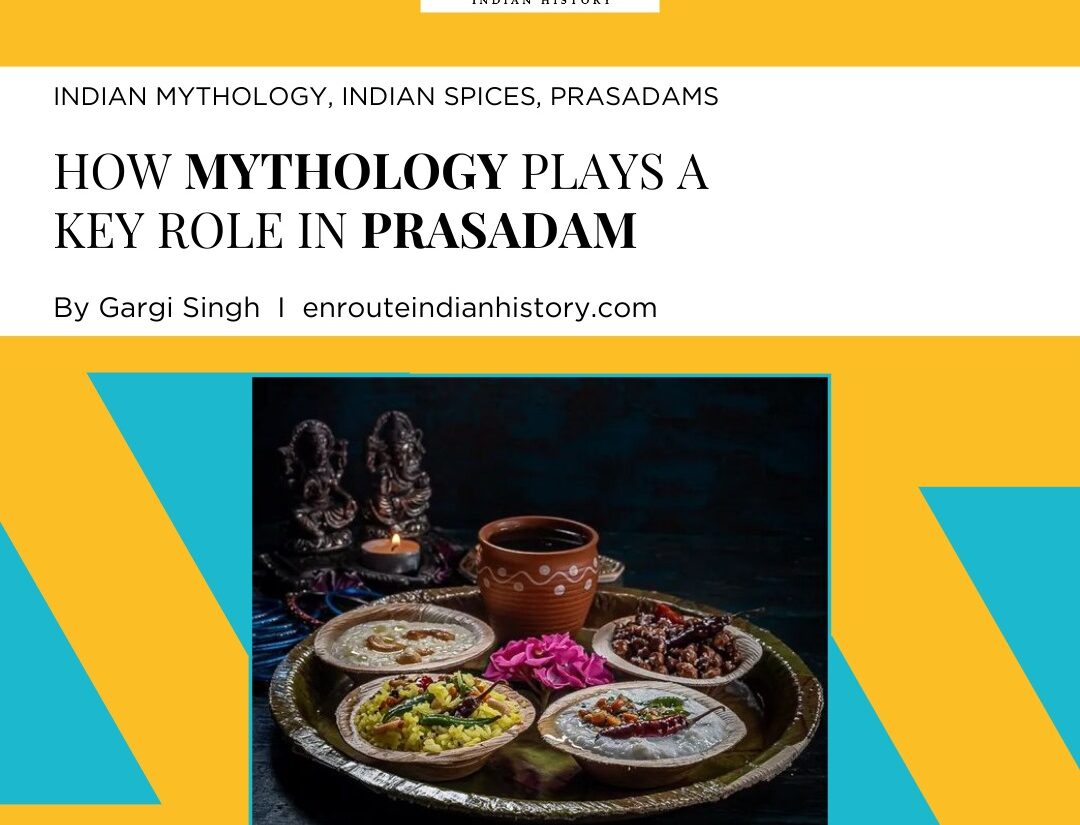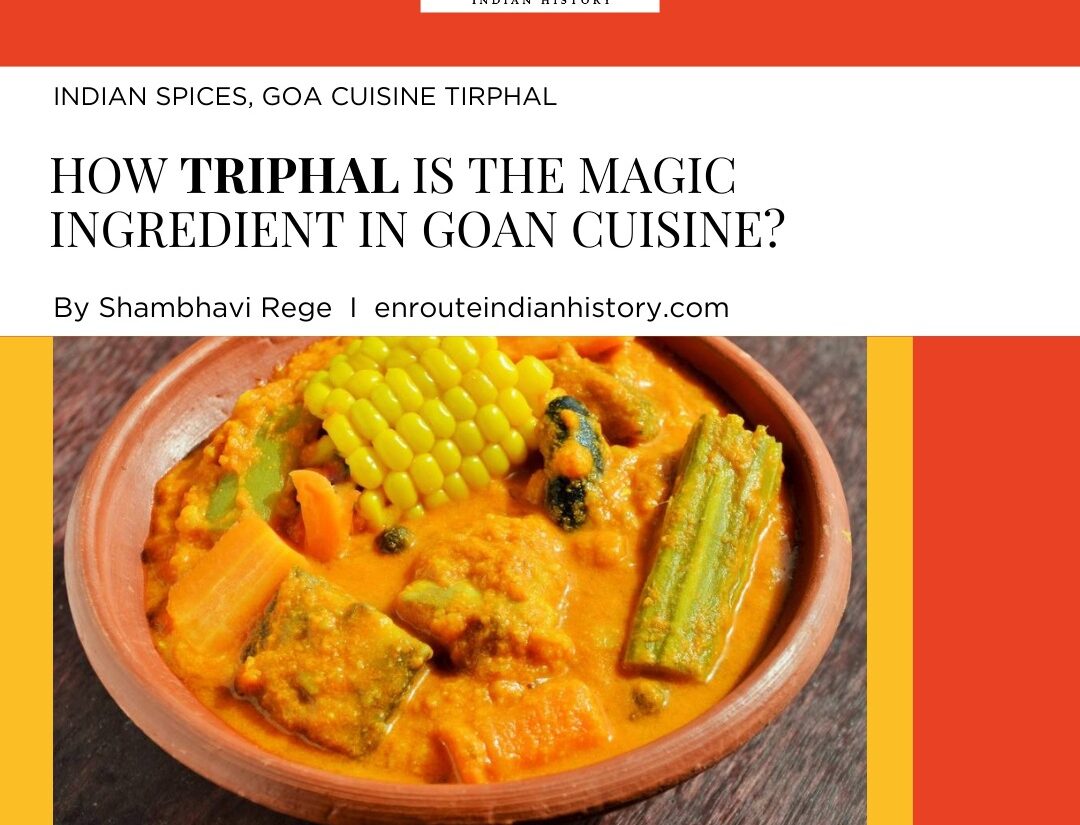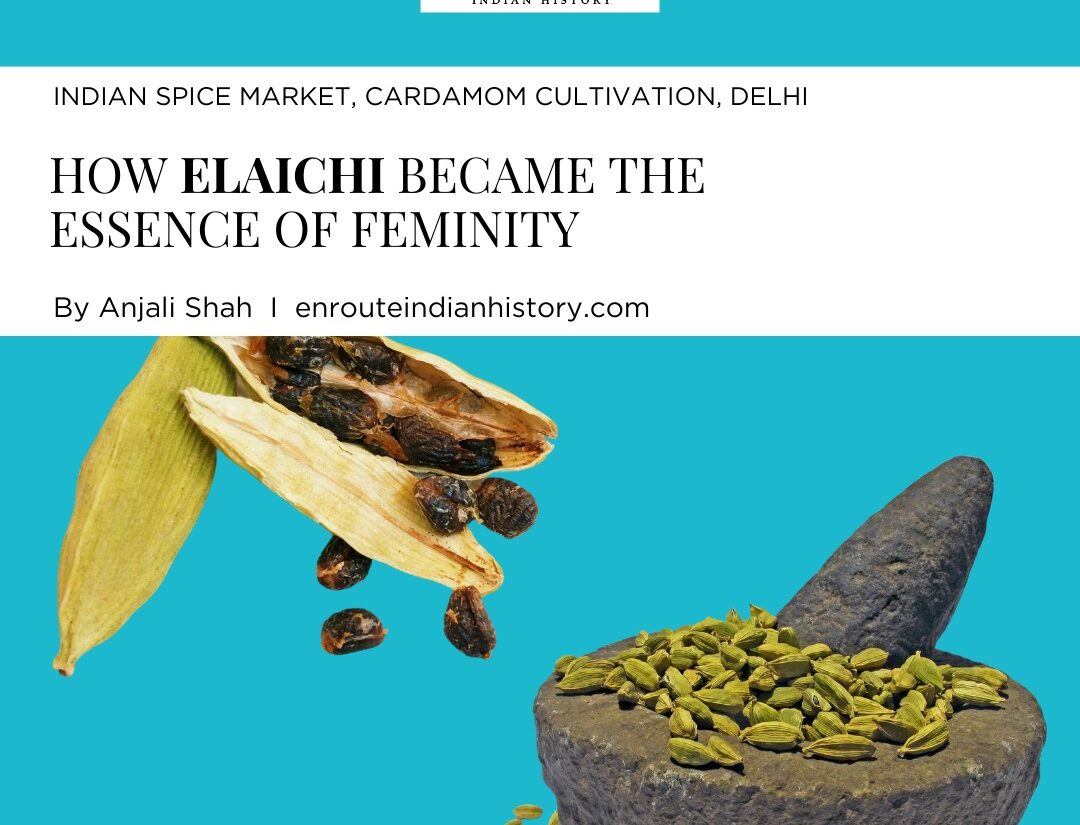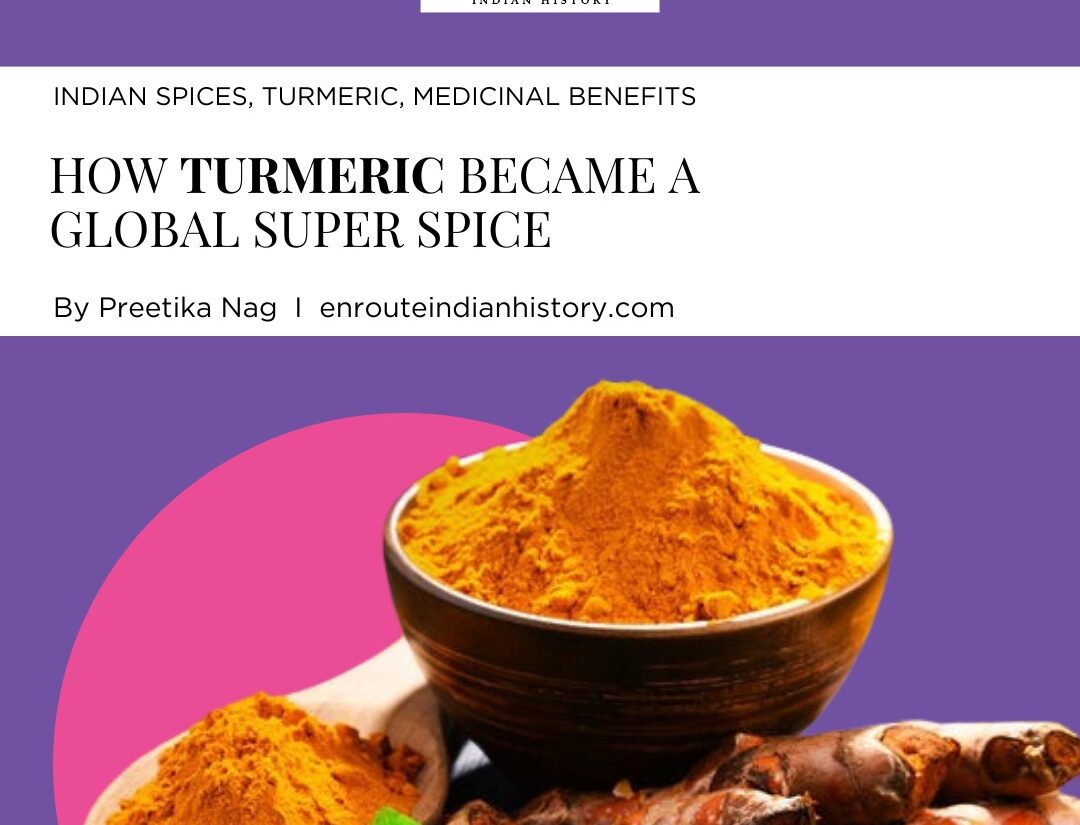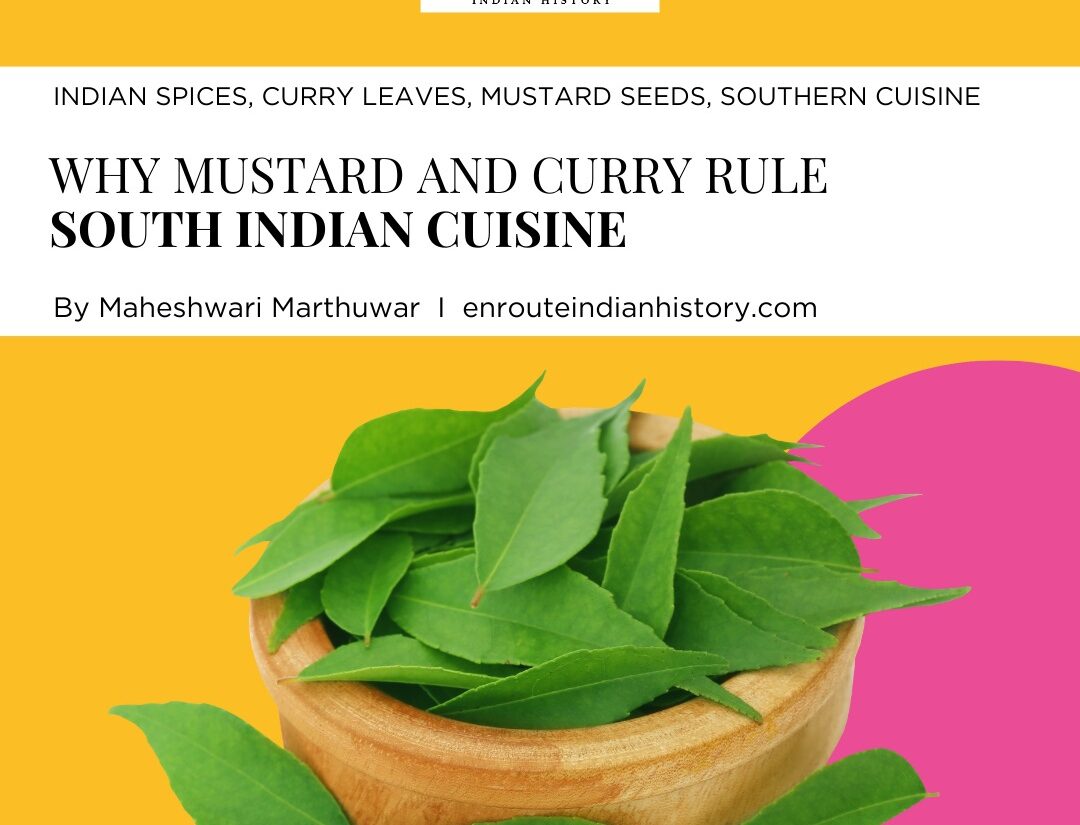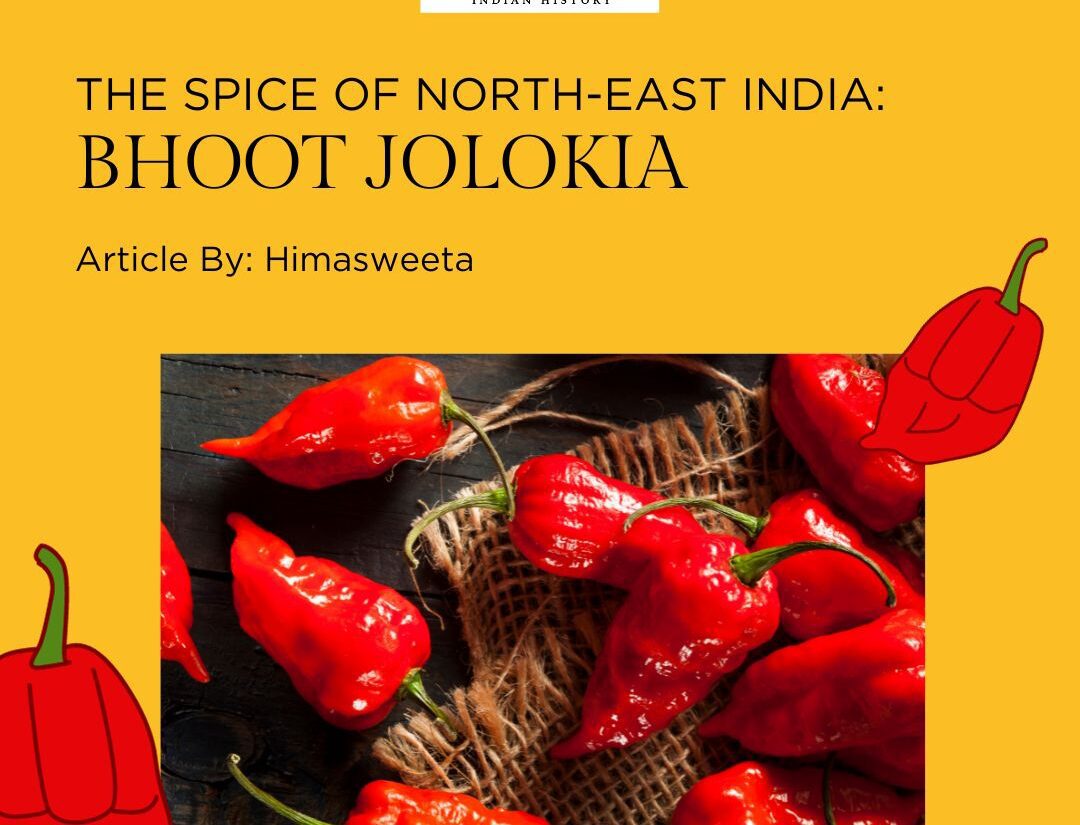
How Bhoot Jolokia Became the Heartbeat of North-Eastern Cuisine
Filled with exotic aromas, vibrant colours, and strong tastes, the treasure chest of Indian spices brings a wide smile to food enthusiasts from all over the world. Considered to be the backbone of Indian cuisine, these spices have a history to themselves and an identity of their own – known for adding life to dishes with their sweetness, sourness, spiciness, and even bitterness when required!
When talking about the wealth of Indian spices, it is important to highlight the bold, spicy flavours of a few that are unique to Indian cooking. A similar special spice found in the kitchens of North-East India is the ghost pepper, popularly known as ‘bhoot jolokia’. Wearing the crown of the hottest pepper in the world from 2006-2013 with over 1 million SHU (Scoville Heat Units), it is more than just a spice for most states of North-East India. It’s an emotion savoured through pickles, sauces, and North-Eastern curries in their daily lives.

The King of Chillies: Selling of Bhoot Jolokia in a market in Nagaon, Assam (Source: Website of Xinhua, Asia Album, 2022)
THE ETYMOLOGY AND HISTORY OF BHOOT JOLOKIA
Famously called ‘bhoot jolokia’, which translates to ‘ghost chilli’, this pepper is known by different names in different parts of the North-Eastern region. In Manipur, it takes the name ‘umorok’ (tree chilli),’ whereas in Nagaland, it is addressed as ‘raja-mirchi’ (king of chillies). Many people in Assam even refer to this hot pepper as “bih jolokia,” which means “poison chilli,” indicating the extreme spiciness it possesses.
A native to the north-eastern states of Assam, Nagaland, and Manipur, this pepper is believed to have been cultivated in the region since the seventeenth century. According to Dr. Satkai Chongloi, a Kuki anthropologist, the history of bhoot jolokia can be found in the Kuki-Chan tribes of Manipur. Going by the name of ‘malcha-pom’’ in the tribe’s native language, which translates to ‘Help! The chilli is swollen’, the pepper was tied down to the burning log of wood and sent to another village as a symbol of declaring war. It soon became part and parcel of the Kuki tribe. When the colonial powers attacked Kuki chiefs in 1917, this pepper became their symbol of identity and defiance. It still holds a special place in the hearts of locals, and you would often hear them saying, “Without the malcha, there is no Kuki. Without the Kuki, there is no malcha.” It is believed that during ancient times, pepper was applied to ropes and used as fences for houses in rural Assam to keep wild elephants away.
THE CULTIVATION OF BHOOT JOLOKIA

Ghost Chillies (Bhoot Jolokia) being picked by a farmer in Nagaon, Assam (Source: Website of Xinhua, Asia Album, 2021)
The cultivation of this primarily takes place in Assam, Nagaland, and Manipur because of the favourable weather and soil conditions. While the peppers vary in size and colour according to the different regions in which they are grown, a common underlying characteristic is their plump appearance. These peppers thrive in the region’s moderate climate, topography, and high humidity during the summer months, making them ideal for cultivation. While the plant height is typically around 1.2–2 metres, it is largely dependent on the pot size and spacing. It takes about 200 days from sowing the seeds to picking the finished peppers. These peppers can be picked with bare hands since the outer skin is devoid of any capsaicin. However, beginners should wear nitrile gloves since the peppers can break open anytime and cause casualties. To increase the production of bhoot jolokia in Assam, the state government has taken several initiatives to provide financial aid to farmers engaged in the production of this pepper.
BHOOT JOLOKIA IN NORTH-EASTERN HOUSEHOLDS
When you walk into a kitchen in North East India, you will undoubtedly come across bhoot jolokia in the box of spices. A spice pivotal to many dishes, small pieces of this pepper are used in different forms and ways to add a fiery twist to your taste buds. From being savoured as a chutney to complement your plate of momos to being eaten as a pickle to go along with your vegetarian thali, this pepper moulds according to your likes. One of the popular ways of consuming it in northeast India is by using it in various non-vegetarian curries.

A flavorful dish of pork cooked with elephant apple and ghost chilli (bhoot jolokia) (Source: Facebook page of A Foodies’ Diary)
Made with smoked pork, bamboo shoot stew, and bhoot jolokia, the ‘smoked pork with bamboo shoot’ is one of the most famous dishes in Nagaland. In Assam, using bhoot jolokia in chicken, fish, and mutton curries is a common sight. According to Ruma Sarma, who has been cooking with this fiery pepper for the past 30 years, the bhoot jolokia tastes best when mixed with ‘Aloo Pitika’, an Assamese dish consisting of mashed potatoes, onions, and mustard oil. In this list of delicacies, we also have ‘Eromba’, a Manipuri dish made with fermented fish and boiled vegetables. Many natives prefer adding a few pieces of bhoot jolokia to Eromba.
The consumption of this pepper is also popular in the region due to the health benefits attached to it. Healthcare professionals suggest that the capsaicin present in it prevents and helps fight heart diseases. In the state of Assam, a paste of bhoot jolokia, garlic, betel nut leaves, sesame, and salt is heated and applied to joints to cure arthritis.
RECOGNITION OF BHOOT JOLOKIA
This spicy treat, originating in the mountains of north-east India, quickly gained worldwide recognition. In 2007, the Guinness Book of World Records declared bhoot jolokia the hottest pepper in the world. After four years, the Carolina Reaper replaced it. In 2014, Kentucky Fried Chicken (KFC), a fast food restaurant chain headquartered in the United States of America (USA), introduced bhoot jolokia as one of the key ingredients for their item, ‘Flaming Crunch Chicken’, in all their outlets. Owing to the growing popularity of this pepper, KFC Malaysia introduced the ‘Ghost Pepper Burgerr’ and ‘Ghost Pepper Twister’ in 2019, which became instant hits among consumers.

KFC Malaysia introduced Ghost Pepper burger and twister in 2019 (Source: Website of Malaysia Promotions)
The bhoot jolokia soon entered the Defence Research Laboratory (DRL) of the Defence Research Development Organisation (DRDO) in Tezpur, where it took the form of a ‘bomb’! Labelled as ‘mirchi bomb’ or ‘chilli grenade’, the capsaicin present in the bhoot jolokia was extracted, and after 10 years of research, these grenades were finally packed in 2021. However, the limited production of bhoot jolokia has bound the laboratory to only use the chemical formula of capsaicin. Large crowds can be kept in check with these grenades, and the hoses can be used to force entry into rooms containing kidnappers and their victims.
A trending challenge over TikTok and YouTube since 2017 was the ‘Bhoot Jolokia Eating Challenge’, which brought people from all over the world munching on this little devil. Interestingly, many restaurants started introducing this challenge to attract customers with their grand prizes. Bameys Cafe in Koramangala, Bangalore, introduced the ‘Spicy Momo’ challenge, where participants have to finish 10 momos made in bhoot jolokia gravy and mixed in bhoot jolokia sauce within 10 minutes without any pause. The winner of this challenge gets to have momos for free for 2 months!
However, this tiny pepper was in the news in 2016, when a 47-year-old man took part in a bhoot jolokia contest and stuffed a burger filled with it, only to burn his oesophagus and create a 2.5- centimetre hole in it. That’s the cost of messing with the king chilli.
But don’t worry. A little of this pepper will only do wonders for your dishes!
RECIPE OF BHOOT JOLOKIA PICKLE

Bhoot Jolokia pickle made with mustard oil (Source: Website of Rumicooks)
For an end note, here is a simple recipe for bhoot jolokia pickle if you are a fan of spicy delicacies.
Ingredients:
- 8 bhoot jolokia (ripe ones)
- A cup of mustard oil
- One tablespoon of salt
Method:
- Wash the bhoot jolokia under running water. Make sure to use gloves while handling them.
- Cut them into small pieces. Separate the seeds if you don’t want your pickle to be extremely hot.
- In a glass bottle, add the cup of mustard oil, pieces of bhoot jolokia, and salt.
- Keep it under the sun for a week. Make sure the bottle used is airtight.
Your pickle is ready to serve!
REFERENCES
- Deepak, S. (2019). The Incredible Story of Bhut Jolokia: From Rural India to Dumb YouTube Stunts. [online] TASTE. Available at: https://tastecooking.com/many-lives-king-chile/ [Accessed 7 Oct. 2023].
- Slurrp. (n.d.). Bhut Jolokia: Exploring The Hottest Chilli From Northeast. [online] Available at: https://www.slurrp.com/article/bhut-jolokia-exploring-the-spice-that-sets-northeast-indian-cuisine-on-fire-1682372622741 [Accessed 7 Oct. 2023].
- Sagnik, S. Karwaan Heritage Initiative. Available at: https://m.facebook.com/karwaaninitiative/posts/346836766699261/ [Accessed 7 Oct. 2023].
- krishijagran.com. (n.d.). Bhut Jolokia: Origin, Uses and Commercial Cultivation of Ghost Chili. [online] Available at: https://krishijagran.com/agripedia/bhut-jolokia-origin-uses-and-commercial-cultivation-of-ghost-chili/ [Accessed 7 Oct. 2023].
- peppergeek (2021). When To Pick Ghost Peppers (With Pictures). [online] Pepper Geek. Available at: https://peppergeek.com/when-to-pick-ghost-peppers/#:~:text=Thankfully%2C%20the%20outer%20skin%20of [Accessed 7 Oct. 2023].
- Hindustan Times. (2022). Medicinal properties of bhut jolokia you probably didn’t know about. [online] Available at: https://www.hindustantimes.com/photos/lifestyle/medicinal-properties-of-bhut-jolokia-you-probably-didn-t-know-about-101656753192558-4.html [Accessed 8 Oct. 2023].
- www.telegraphindia.com. (n.d.). Finger-licking hot bhut jolokia in KFC – Fast-food chain awaits response to fiery chilli. [online] Available at: https://www.telegraphindia.com/north-east/finger-licking-hot-bhut-jolokia-in-kfc-fast-food-chain-awaits-response-to-fiery-chilli/cid/1626500 [Accessed 8 Oct. 2023].
- The Week. (n.d.). DRDO develops ‘mirchi bomb’ inspired from the spicy bhut jolokia. [online] Available at: https://www.theweek.in/news/sci-tech/2020/01/09/drdo-develops-mirchi-bomb-inspired-from-the-spicy-bhut-jolokia.html [Accessed 8 Oct. 2023].
- www.youtube.com. (n.d.). Spiciest Bhut Jolokia Momo Challenge At Bameys Cafe in Koramangala, Bengaluru | Curly Tales. [online] Available at: https://www.youtube.com/watch?v=W1q289Zyj7s [Accessed 8 Oct. 2023].
- India Today. (n.d.). Bhut jolokia’s burn: Man eats world’s hottest chilli to win bet, ends up with a hole in his throat. [online] Available at: https://www.indiatoday.in/fyi/story/bhut-jolokia-man-eats-world-hottest-chilli-hole-throat-347408-2016-10-19 [Accessed 8 Oct. 2023].
- Anon, (2019). Bhoot Jolokia Pickle / Ghost Chilli Pickle. [online] Available at: https://www.rumicooks.com/2019/05/bhoot-jolokia-pickle-ghost-chilli-pickle.html [Accessed 8 Oct. 2023].
